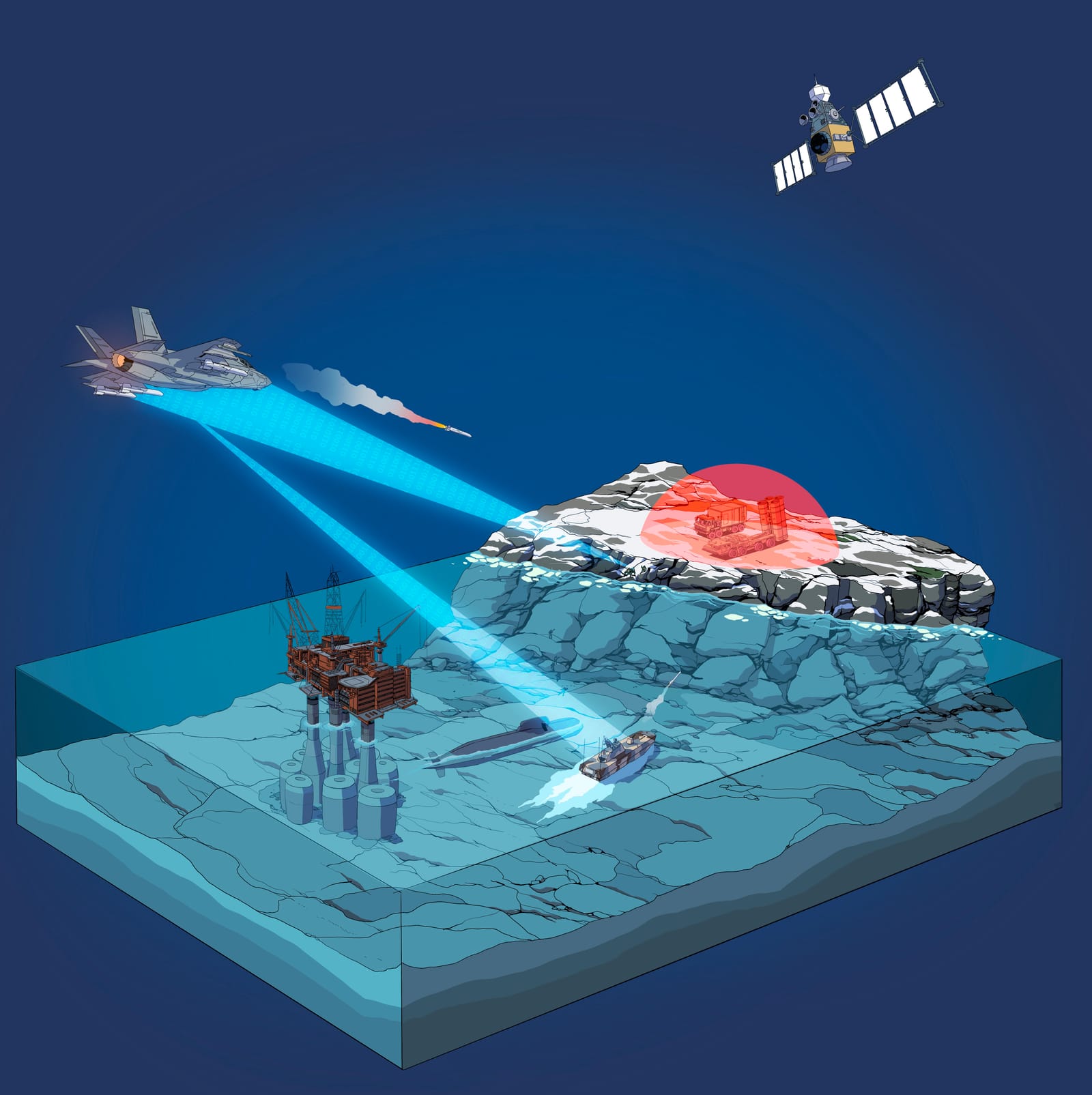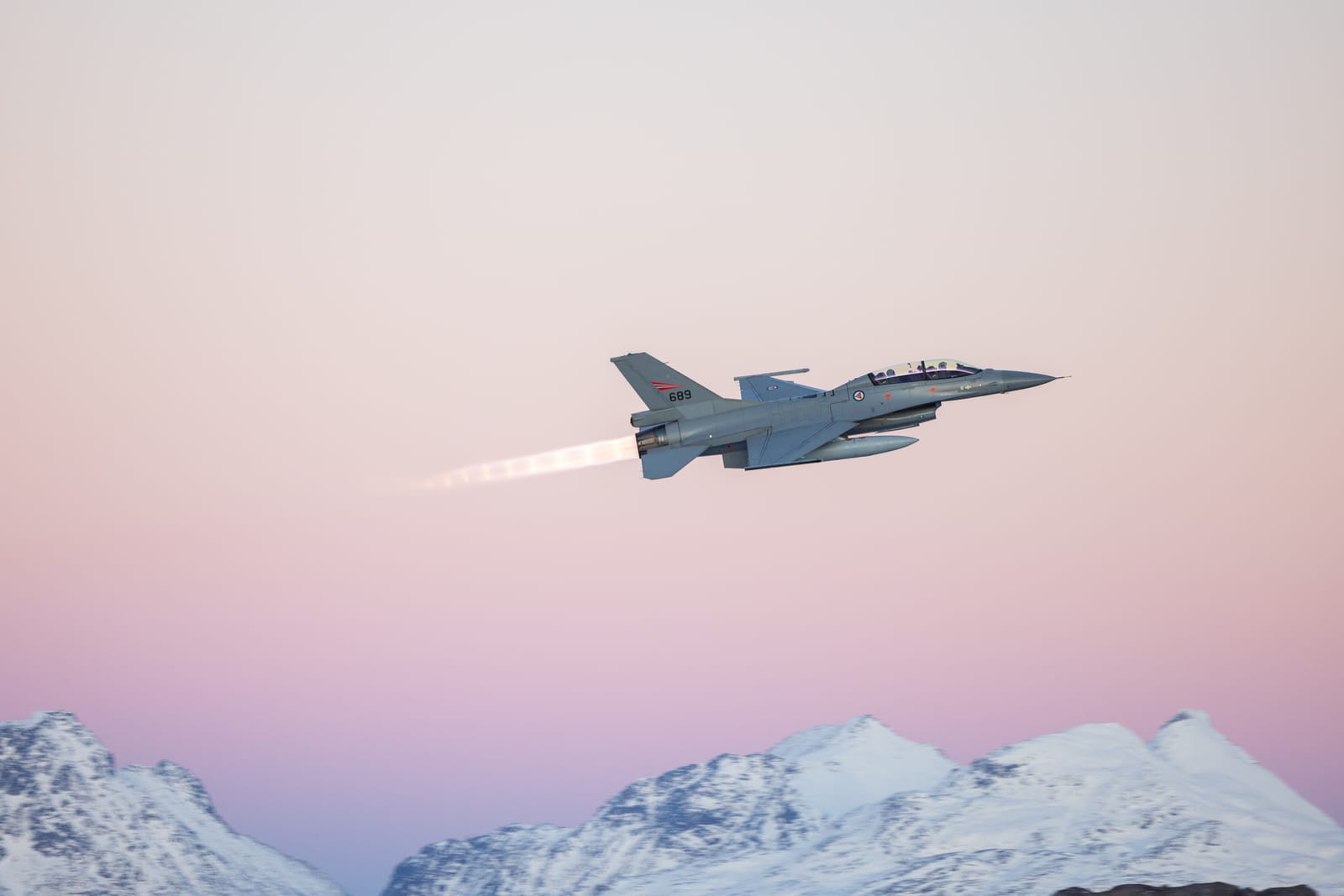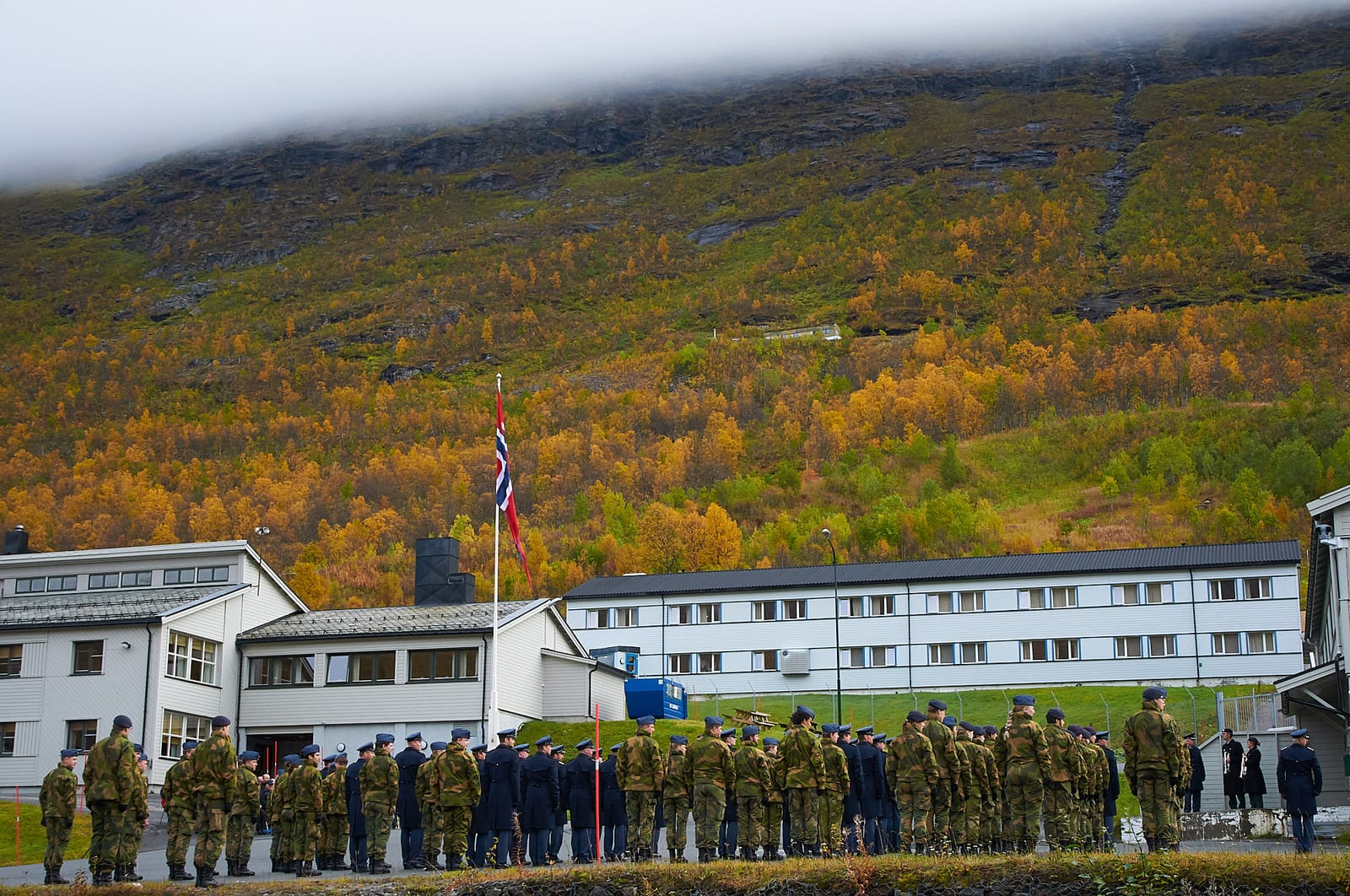A century after military air power first started playing an important role in warfare, where may be heading? Most observers, impressed by what they see as dazzling technological progress, seem to believe that the sky is the limit. This author, to the contrary, has several times argued that the days of air power as traditionally understood are numbered. The objective of the present essay is to briefly explain and update that claim.
“Flying machines,” as they were known, first saw action during the Italian-Turkish War of 1911‒12. The most important types of missions flown were reconnaissance, liaison, and bombing. However, the impact of air power was limited, both because the equipment was primitive and because the Italians never had more than some twenty machines available in the gigantic theater of war at any one time.
During World War I the main belligerents between them produced well over 200,000 aircraft. Losses, due either to accidents or to the fighting itself, sometimes amounted to one third of the total per month. In 1918 the Royal Air Force became the first independent service of its kind, to be followed by several others during the interwar period. By that time many different types of missions were being routinely flown. Among them were reconnaissance, liaison, air-to-air combat, strafing, interdiction, and “strategic” bombing far behind the front. At sea, aircraft launched torpedoes, laid mines, and hunted submarines. In 1919‒20 the British in Iraq pioneered air transport; experiments with paratroopers and gliders started in Germany and the Soviet Union during the 1930s. World War II saw the birth of electronic warfare. By 1944-45 the list of missions was substantially complete.
The role of air power in war probably peaked during World War II. The total number of aircraft produced by all belligerents was over 750,000. At times, e.g. during the 1944 invasion of Normandy, 12,000 missions were flown on a single day. From the Germans in Poland in 1939 to the Allies in Western Europe in 1944‒45, in all major campaigns the side that dominated the air practically always won. From the Poles in 1939 to the Germans in 1944‒45, the side that did not have air superiority practically always lost. All the principal operations were planned with air power uppermost in mind. The same applied at sea. Not only did air power make battleships obsolete, but it played a critical role in every form of naval warfare and amphibious operation.
During the late 1940s, Winston Churchill declared that “air mastery is today the supreme expression of military power” compared to which “fleets and armies… must accept subordinate rank.” In fact this never happened. Much the most important reason why it didn’t was the introduction and subsequent proliferation of nuclear weapons.
Nuclear weapons put those in charge of delivering them, primarily air forces and the air arms of a few select navies, in a position where they were literally able to demolish the world. For that very reason, those air forces and air arms never once openly fought one another on any scale and for any length of time. Nuclear weapons, in other words, restricted the use of air power to wars fought between, or against, medium-size and small powers that did not have them yet.
Whatever role air power still continued to play was limited by this framework. Allied air forces certainly helped turn the Korean War into what it was, i.e, a stalemate; however, precisely what its overall impact was remains moot. Israeli air power played a decisive role in the Arab-Israeli Wars, peaking in 1967. Air power was important, though probably not decisive, in the Indo-Pakistani Wars of 1965 and 1971. Only once, in 1982 at the Falklands, did air power clash with air power at sea. The role it played on that occasion was indeed decisive; however, the scale on which it was deployed was minuscule and most of the aircraft in use were semi-obsolete. Finally air power, now supplemented by space power in the form of satellites, played a critically important role in the 1991 Gulf War; in the first days or weeks of the 2001‒2 War in Afghanistan; and in the first weeks of the 2003 American invasion of Iraq. Those immediately preceding President Bush’s dramatic declaration that “major combat operations” had ended.
As the reader will have noted, the last two wars were waged by the world’s only Superpower against extremely weak opponents. The same applied to the wars in Serbia (1999) and Libya (2011), although in the second of these the Superpower power limited its role to providing firepower, intelligence, and logistic support to its allies. In none of these cases were the small powers coming under attack able to put up more than token resistance in the air, and usually they could not do even that.
Yet if one takes into account not only interstate wars but also counterinsurgency campaigns—the great majority—the picture changes substantially. The difference was already evident during the very first air war, i.e. that of 1911. As long as it was a question of fighting the Ottoman Army near the coast the nascent Italian air force proved very useful, particularly for reconnaissance and artillery spotting. However, as the regular units melted away into the desert and were replaced by Arab tribesmen employing guerrilla tactics, the situation changed. Aircraft still had a role to play, especially in reconnaissance. They were also used to bomb enemy concentrations, but so often did they either miss their target or kill the wrong people that the Italians decided to replace them with leaflets. Ultimately the campaign, which had been planned to last for just a few weeks, only ended in 1927. Even so the main fighting was done by a quarter million ground troops; aircraft played an important, but auxiliary, role.
Since then this story has been repeated almost endlessly. Time after time, air power played a critical role in conventional warfare. Usually the first step was to obtain air superiority. Next it would engage in close support, interdiction, and, sometimes, “strategic” bombing. However, when dealing with insurgency, guerrilla, and terrorism, time after time air forces found that there were no enemy aircraft to shoot down or destroy on the ground. No fronts; no lines of communications; and no hinterlands whose destruction could make a difference.
To note a few landmark cases only, though the Riff of Morocco had neither an air force nor anti-aircraft defenses of any kind it took 300,000 French and Spanish ground troops, complete with tanks and artillery, several years to subdue them. When the Palestinian Arabs rose against the British in 1936, the failure of the Royal Air Force, which was in charge of security, to deal with the revolt was so complete that London decided to shift responsibility to the Army. After 1945, too, absolute command of the air did little to help the British in Palestine, Kenya, Cyprus and Aden, or the French in Algeria. Not to mention Vietnam, where the Americans lost over 10,000 fixed-wing aircraft and helicopters and still managed to lose.
Behind the frequent failure to combat guerrillas from the air (and on the ground, but that is not our subject here) was the fact that many of the systems in use turned out to be too expensive, too fast, too indiscriminate, too big, too unwieldy, and too powerful for the purpose. As the Italians had discovered in 1911, too often these either hit no targets at all or else, destroying the wrong ones, did more harm than good. Nor did subsequent military-technological developments change the situation in any fundamental way. As events in both Afghanistan and Iraq showed, when it came to dealing with insurgency, guerrillas, and terrorism the systems in question were only marginally more effective than their predecessors. Even as these lines are being written in May 2017, the fact that President Bashar al-Assad of Syria and his Russian allies have air power, and are making rather barbarous use of it, whereas the insurgents they are fighting do not, is pointing in the same direction.
As conventional warfare, hemmed in by nuclear limitations, slowly went the way of all flesh and was largely replaced by various forms of insurgency, guerrilla, and terrorism, air forces slowly started melting away. In 1944 American factories rolled out some 300 military aircraft of all kinds per day. Nowadays the same country, the most powerful and richest in history, may count itself lucky if it can provide its armed services—all four of them combined—with a similar number per year. Elsewhere the situation is no different. Some medium-sized and small countries have simply given up on maintaining an air force at all; but even those that did not were forced to slow new acquisitions to the point where the gap separating them from the big boys has become huge. The only exception is Israel, and then only because of massive American financial support.
The proponents of air power invariably claim that declining numbers have been more than compensated for by growing “capabilities.” In World War II, they argue, it took so and so many sorties to destroy a tactical target. Nowadays the same result can be achieved at (say) one tenth of one percent of that number.
In fact the numbers are misleading. It is true that World-War II bombers, flying at perhaps 20,000 feet, could hit their targets almost exclusively by accident. However, comparing them with today’s fighter-bombers is like comparing sledgehammers with icepicks.
Smaller, more agile fighter bombers could hit both stationary and mobile targets quite as accurately as their successors. The real difference is that, on pain of being shot down by the more powerful anti-aircraft defenses now existing, these successors have to fly much higher.
Meanwhile, serious wars against serious opposition capable of responding in kind have all but disappeared. With such wars disappearing, very few aircraft are lost to enemy action. As a result, existing ones are kept flying and tend to last forever, albeit at growing cost in terms of maintenance and repair. Growing technical sophistication has also led to escalating cost. In 1945, a P-51 Mustang fighter-bomber could be had for just under $ 51,000. Taking inflation into account, that works out to $613,000 in 2009 dollars. However, in that year the real cost of an F-22 stood at $ 140 million, representing a 228-fold increase (19-fold, after inflation). No wonder Secretary of Defense Robert Gates, specifically questioning the role of high-performance aircraft in sub-conventional war, decided to end the program. In other countries the situation is worse still.
While manned military aircraft, the traditional mainstay of every air force around the world, seem on their way to extinction, unmanned flying vehicles are proliferating. This trend began during World War II when the Germans produced the famous V-2 ballistic missile. Around 1960 the first intercontinental ballistic missiles (ICBMs) capable of reaching any target from practically any point were added. Right from the beginning it was feared that missiles would end by overtaking aircraft, particularly heavy bombers. With the exception of the U.S. Air Force, those fears have long been realized.
Next it was the turn of cruise missiles. Until about 1970 the complexity and unreliability of the guidance mechanisms meant that few cruise missiles were built. Later, though, the introduction of new cheap and accurate technologies, above all the Global Positioning System (GPS), enabled many countries to build the devices. Quite a few of those countries have decided to all but dispense with a modern air force. Increasingly, they base their defense on ballistic missiles and cruise missiles with or without nuclear warheads.
Starting in 1957, the year in which Sputnik was launched, satellites have been taking over a whole array of military functions. Including communication, navigation, weather-prediction, surveillance, reconnaissance, target acquisition, and damage assessment. The latest addition to the order of battle are drones. Like cruise missiles, drones go back to World War II. Like cruise missiles, too, they started coming into their own during the late 1970s when sophisticated miniaturized electronics were developed. Early drones were limited to reconnaissance and related functions. Later communication and electronic warfare were added. Some drones were designed to carry out suicide missions, homing in on the radar pulses of hostile anti-aircraft defenses and destroying them. Others were armed with their own air-to-ground missiles, thus taking over functions previously entrusted to fighter-bombers. Compared to the latter, drones had many advantages. Including lesser complexity, lesser cost, greater safety for the operators, and greater ability to loiter over the battlefield. All these qualities made them more useful for counterinsurgency warfare than manned aircraft were. No wonder they have been proliferating like rabbits.
Before 1945 wars were waged primarily by “great powers,” often those such as the United States and Germany which owned territories measured in the hundreds of thousands of square miles and were separated by entire oceans. It was this fact which, from 1918 on, led to the creation of “independent” air forces, the rationale being that they would operate far behind the front in places where armies could not reach. But this too changed after 1945.
Many anti-terrorist, anti-guerrilla, and counterinsurgency campaigns take place so close to home that the combatants can literally see the whites of their enemies’ eyes. Even when the conflicts are waged in remote countries, the difference between front and rear barely exists. Either way, there seems to be good reason to question the independence of “independent” air forces and for integrating drones in particular with the ground forces. In fact this has been happening.
The trend away from manned towards unmanned equipment may be more important for smaller nations than for the few large ones. Take Iran, Pakistan, and North Korea. None has a powerful modern air force. Yet they can, and do, afford sufficient ballistic missiles (armed with either nuclear or chemical warheads) to build very credible deterrent forces. The same goes for cruise missiles and for drones, which, though by no means cheap, are within reach not merely of states but of non-state terrorist organizations such as Hezbollah. The one asset those countries lack is satellites, but even in this field, provided only they are willing to use other nations’ launchers, they can build some capabilities. For them, undoubtedly unmanned systems are the way to go.
For both intellectual and institutional reasons, the first reaction to any attempt to introduce the new at the expenses of the old is almost always rejection. Early in the twentieth century cavalrymen made quite a name for themselves by the obtuseness with which they defended their swords and horses against the onslaught of motor transport and tanks. A hundred years later pilots, working for every military around the world, are mounting a similarly forlorn campaign against a future that threatens to overwhelm them. This is probably even more true of small and medium powers that cannot afford to maintain a manned air force than for the handful of larger ones that still can do so, more or less. The present essay seeks to show why, for such powers, the only way ahead is to focus on unmanned systems such as ballistic missiles, cruise missiles, satellites, and drones. And, by so doing, help clear the rubbish of the past and make way for the future.
Artikkelen ble først publisert i Luftled 2017-2.
Foto: Soldaten i felt, side 110. Nasjonalbiblioteket.







